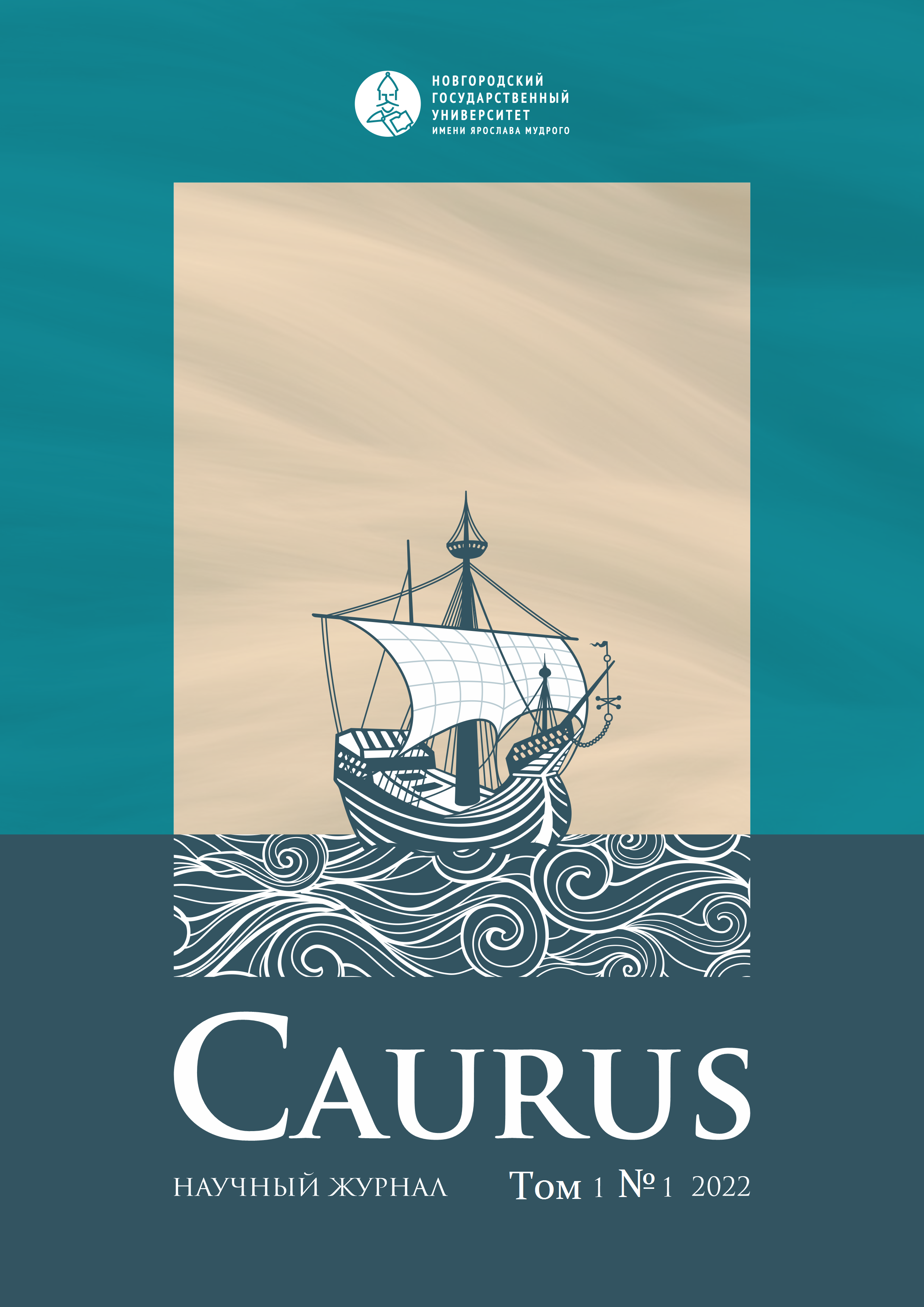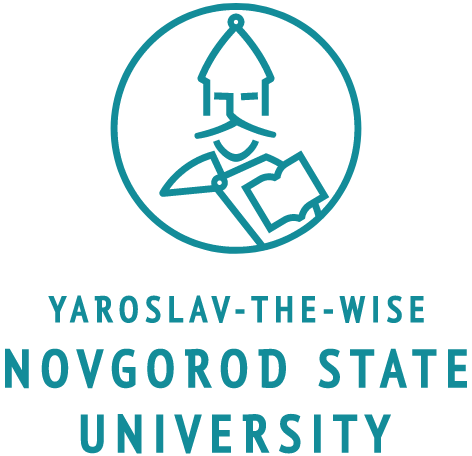“…i nachasha penyazmi torgovati”: About the finds of Livonian coins of the late 14th – early 15th century in Pskov (based on the materials of the Mstislavsky excavations)
DOI:
https://doi.org/10.34680/Caurus-2022-1(1)-11-25Keywords:
Pskov, coins, Derpt, Revel, monetary circulationAbstract
In the end of the first decade of the 15th century, important changes took place in the money circulation of the Pskov Republic, connected with the introduction of foreign currency into the circulation as an official means of payment. Chronicle texts contain fragmentary information concerning the beginning and completion of this process, indicating ‘local’ names of two denominations of European coins: ‘penyazi’ and ‘artugs’. As for their identification, there is no consensus among researchers.
In 2017–2020 during archaeological excavations in Pskov on the Mstislavsky excavation sites, a numismatic collection was obtained in which a segment of Livonian coins of the late 14th – early 15th century is distinguished (including counterfeit coins to the detriment of the monetary circulation). According to the authors of this article, it is such coins that are mentioned in the chronicles. The identification of these coins helps to identify the monetary units found in the basis of the own money issuance of independent Pskov, to trace the international contacts of the Republic in the beginning of the 15th century, and introduce an archaeological material of high information value into scientific circulation.
Known from written sources and confirmed by specific numismatic finds, the time when Livonian coins went out of circulation in the Pskov and Novgorod Republics turns them into an archaeological source that narrowly dates the cultural layer.







